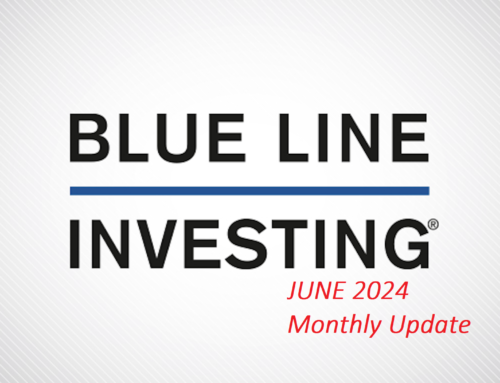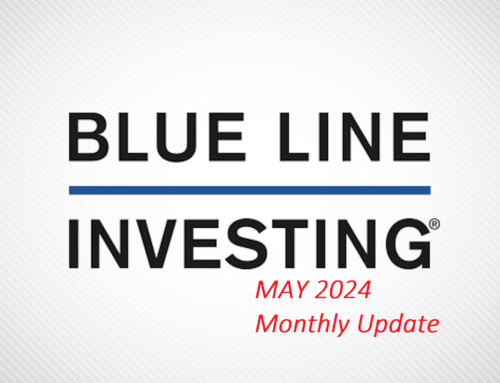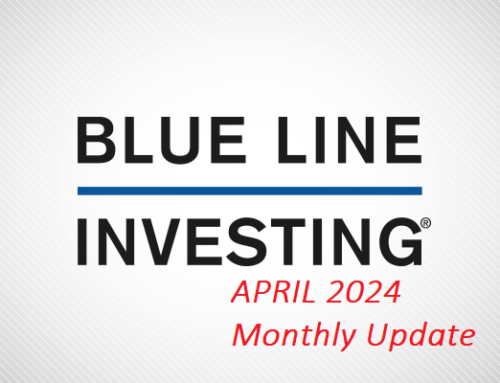The first quarter of 2022 has officially ended. The quarter was filled with ongoing issues like continued high inflation, but also brought new developments, including the first Federal Reserve interest rate hike, war between Russia and Ukraine, the introduction of a bill to create “ECash”, and even Will Smith slapping Chris Rock on the Oscars. So, how did all this (and more) impact the US stock market?
It appears at first glance that as of the end of March the S&P has risen back above and outside the primary trend channel. Please refer to the updated chart below.
PRIMARY TREND: RISING
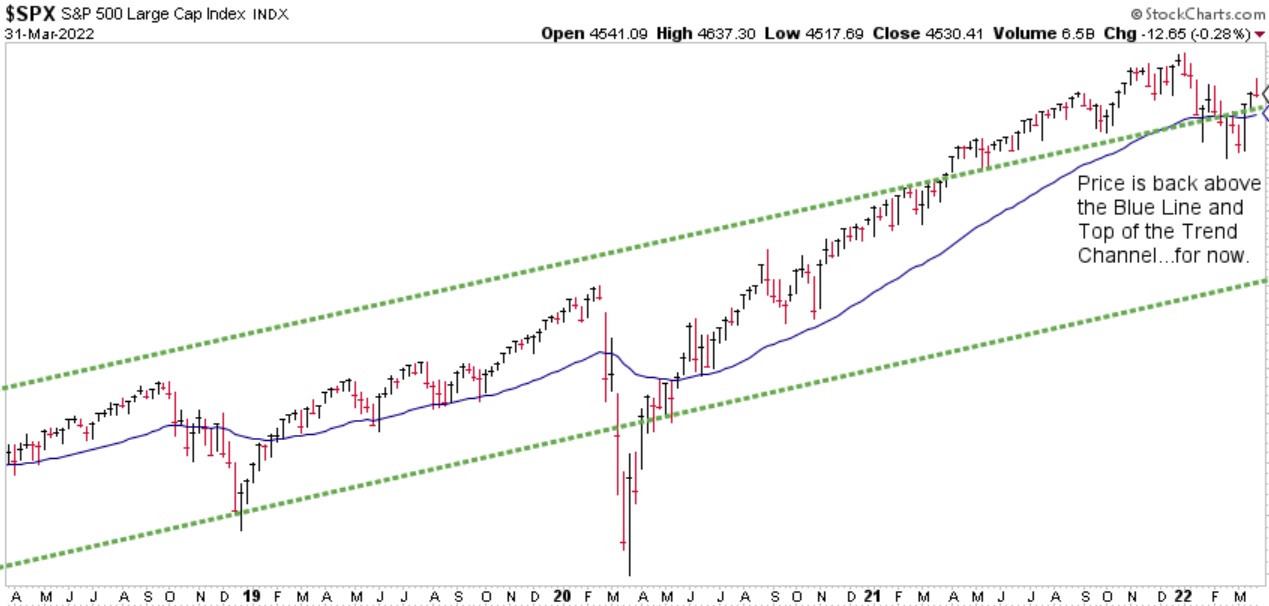
Chart courtesy of StockCharts.com
So, do I believe this gives investors the “all clear” signal? No, not yet. I intend on publishing an addendum to the SPECIAL REPORT that was sent out to clients in early January of this year to provide updated thoughts and comments in the next week or so.
I would also like to clarify one of my comments in last month’s update. I alluded to the possibility that the S&P could drop over 20% from the end of February. What I failed to clarify is that that possibility was not necessarily imminent. IF we are in the early stages of a Channel Correction (please refer to Chapter 5 of my book), this still could play out over the months to come, even going into 2023. The price rally over the past few weeks has – so far – not negated that continued possibility. I believe the recent price rally was more of a “short-squeeze” and not simply new buyers eagerly buying stocks.
THE “BLUE LINE”: A CLOSER LOOK
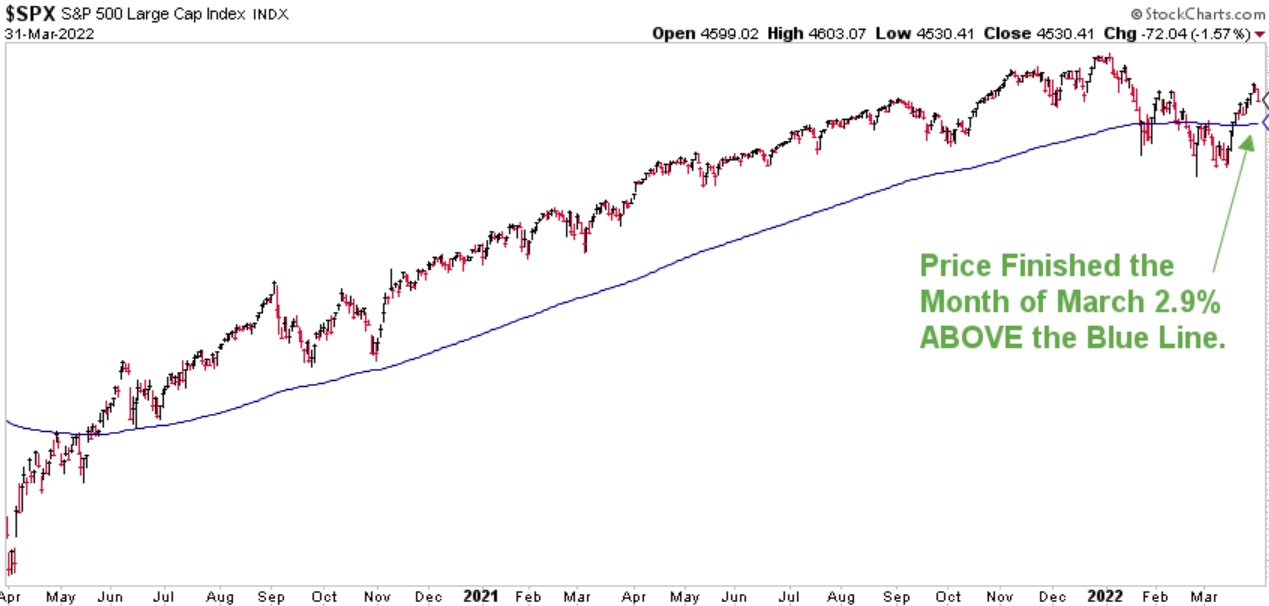
Chart courtesy of StockCharts.com
The S&P finished the month of March 2.9% above the Blue Line, compared to being at the Blue Line at the end of February.
I am currently offering a complimentary review of investment account(s) for readers who are not currently BLUE LINE INVESTING® clients, as well as extended family members of existing clients. Please call (833) 258-2583 to learn more about how to take advantage of this offer.
Jeff Link
Disclaimers:
The BLUE LINE INVESTING® (BLI) investment process was founded on over 95 years of stock market history. It seeks to identify and align investment decisions with multiyear trends. Various aspects of this process have been illustrated in my book Protecting The Pig: How Stock Market Trends Reveal the Way to Grow and Preserve Your Wealth.
The S&P 500 Index is one of the most commonly followed equity indices, and many consider it one of the best representations of the U.S. stock market, and a bellwether for the U.S. economy. It is comprised of 500 large companies having common stock listed on the NYSE or NASDAQ. The volatility (beta) of the account may be greater or less than the index. It is not possible to invest directly in this index.
Technical analysis is a method of evaluating securities by analyzing statistics generated by market activity, such as past prices and volumes. Technical analysis attempts to predict a future stock price or direction based on market trends. The assumption is that the market follows discernible patterns and if these patterns can be identified then a prediction can be made. The risk is that markets may not always follow patterns. There are certain limitations to technical analysis research, such as the calculation results being impacted by changes in security price during periods of market volatility. Technical analysis is one of many indicators that may be used to analyze market data for investing purposes and should not be considered a guaranteed prediction of market activity. The opinions expressed are those of BLI. The opinions referenced are as of the date of publication and are subject to change without notice. BLI reserves the right to modify its current investment strategies based on changing market dynamics or client needs.
Past performance is not indicative of future results. This material is not financial advice or an offer to sell any product. The information contained herein should not be considered a recommendation to purchase or sell any particular security. Forward looking statements cannot be guaranteed.
Guardian Wealth Advisors, LLC (“GWA”) is an investment adviser registered with the U.S. Securities and Exchange Commission. Registration does not imply a certain level of skill or training. More information about GWA’s investment advisory services can be found in its Form ADV Part 2, which is available upon request.
GWA-22-26

